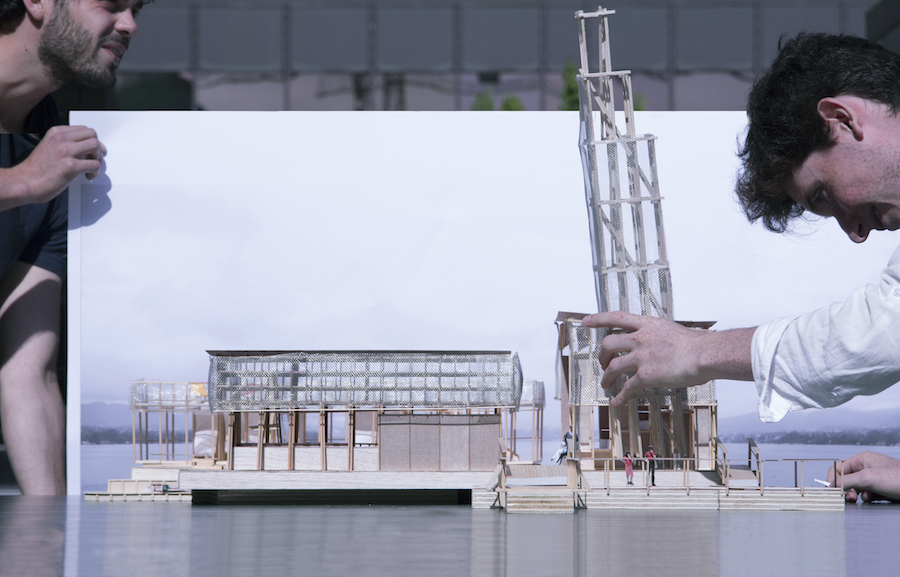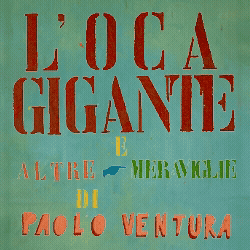L’estate 2016 vedra?, a Zurigo, l’opening dell’undicesima edizione di Manifesta, Biennale Europea di Arte Contemporanea. Dopo l’edizione di San Pietroburgo, datata 2014, quest’anno ci sara? un’importante novita?: per la prima volta nella vita di Manifesta il curatore della biennale sara? un video maker ed artista concettuale (non quindi un curatore o un gruppo di curatori), il tedesco Christian Jankowski. Il suo progetto prendera? il nome di What People Do For Money: Some Joint Ventures e si basa su tre principii fondamentali: collaborazione, interesse verso gli spettatori estranei ai circoli dell’arte e riflessione sui format dei mass-media.
Punto cardine del suo progetto e? l’incontro degli artisti invitati con i rappresentanti delle diverse professioni praticate a Zurigo, in modo da creare un legame simbiotico tra opere d’arte e contesto lavorativo della citta? ospitante. Non e? da sottovalutare che gli artisti invitati saranno ospitati da ufficiali di polizia, meteorologi e dentisti (nonche?, quindi, lavoratori-tipo della citta?). Da questo connubio nasceranno circa 35 nuovi lavori, che, dal 26 giugno, verranno esposti per 100 giorni in diversi luoghi della citta?. Contemporaneamente, anche l’area del Lo?wenbra?ukunst (che comprende Migros Museum fu?r Ge-genwartskunst, LUMA Westbau / POOL etc. e Kunsthalle Zu?rich), il cabaret Voltaire e l’Helmhaus saranno centri espositivi di primo piano per l’esposizione europea.
Il nucleo della biennale sara?, pero?, il Pavilion of Reflections, una struttura multifunzionale, galleggiante sul lago della citta?, costruita da ETH Zurich, sotto la direzione del professore Tom Emerson e dei suoi studenti, appositamente per Manifesta11, vicino a piazza Bellevue: qui, di giorno, i visitatori potranno usufruire della piscina comunale costruitavi all’interno e del bar quale luogo di incontro, mentre, di sera, osservare video e film in cui si documenta la realizzazione delle opere da parte dei diversi artisti.Come sottolinea la documentazione messa in circolazione, Manifesta11 vuole proporsi come momento di riflessione sulle condizioni sociali, politiche e geografiche dell’Europa odierna, zoppicante con il masso della crisi alle calcagna: basti soffermarsi sui dibattiti intorno all’economia e alle migrazioni in corso. E, come dalla prima edizione del ’93, ancora quest’anno il fulcro della riflessione sara? condotto a partire dal pensiero critico, dalla ricerca scientifica e dalla sperimentazione artistica, nonche? dalla posizione di primato in cui vengono poste le giovani generazioni interessate all’arte, con un occhio di riguardo per Zurigo.

ever before, as demonstrated by the current debates surrounding the economy and migration. Ever since the first edition of Manifesta 20 years ago, the initiators have always placed the emphasis on critical thought, scientific research and artistic expe- rimentation. Its high standards of mediation and comprehensive support programme also ensure a dialogue with young people interested in art. The “Parallel Events” held in conjunction with each edition invited established artistic and cultural platforms from the city and surrounding region to take part in a joint framework programme. The scene of Manifesta 11 is the City of Zurich, the heart of a dynamic and ever- changing urbanity. The Manifesta in Zurich 2016 complements the festivities marking the centenary of Dada with a contemporary, international and visionary dimension. Manifesta aims to explore how new audience groups can be sensitised and won over for contemporary art and culture in Zurich today. Once a basically agricultural country, Switzerland and with it, Zurich, have developed into an international centre of finance and service. Hardly any other city has been influenced as much by trade and busi- ness activities as Zurich, which is historically characterised by Protestantism. To what extent do professions leave their mark on one’s own identity? What standing does one’s own profession have in today’s society and culture?












